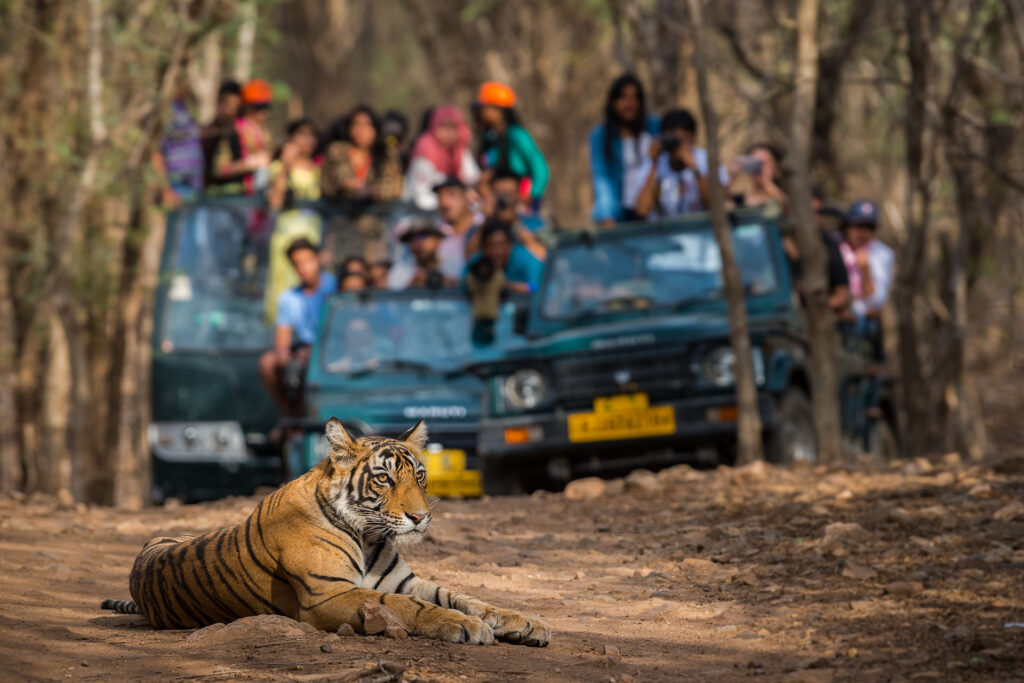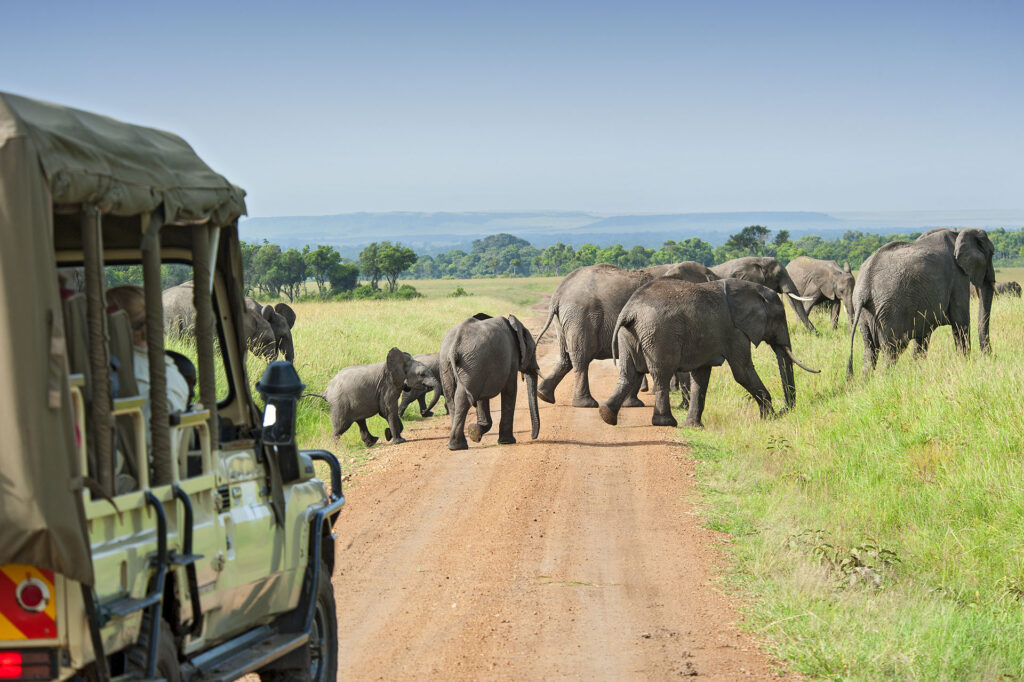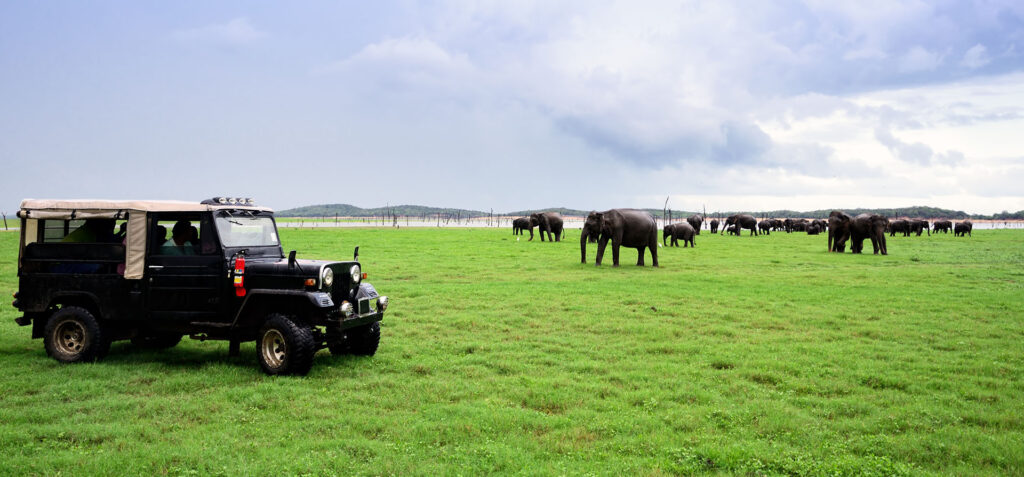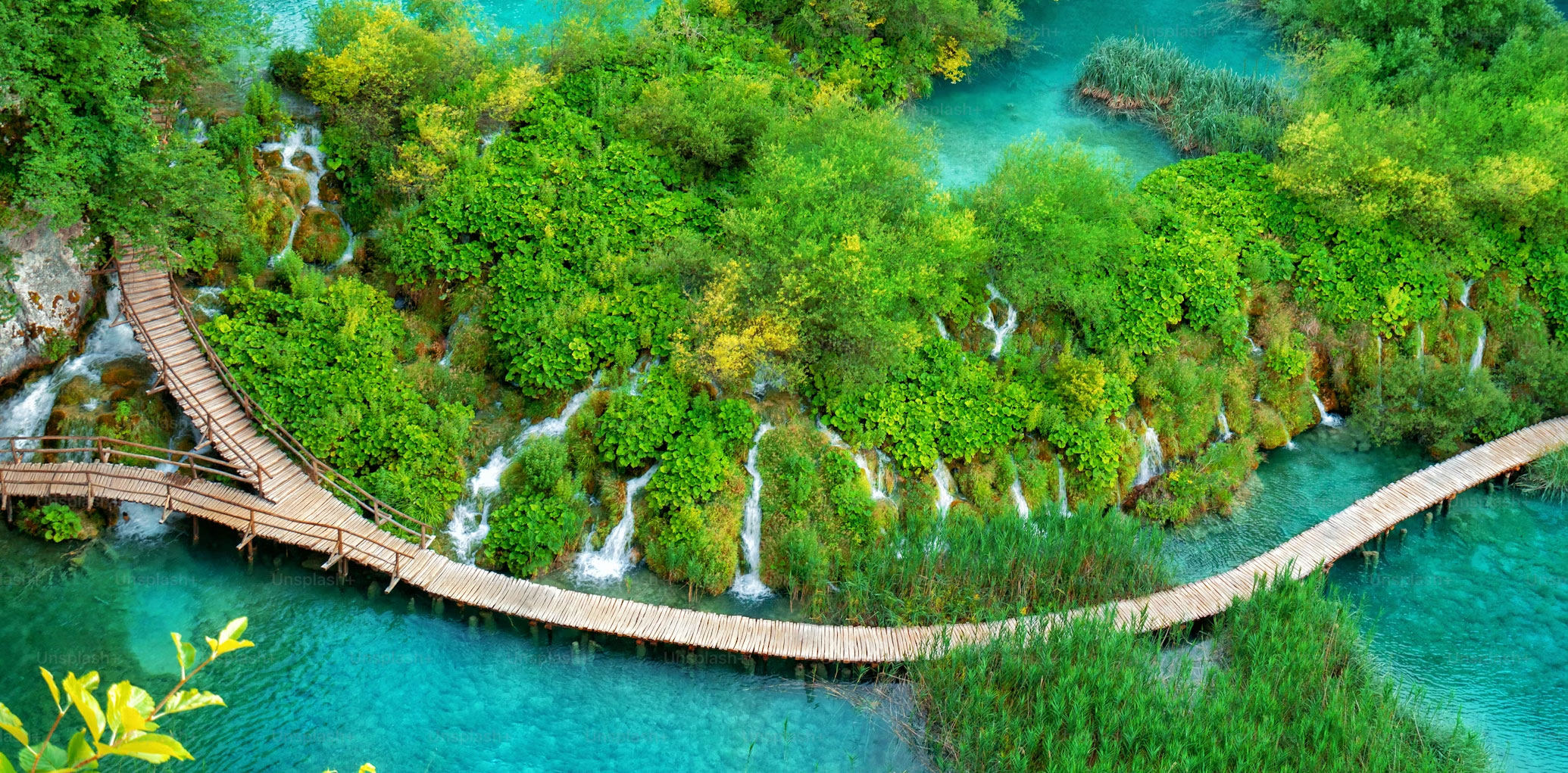
If you’ve ever dreamed of exploring the wild and coming face-to-face with majestic creatures in their natural habitat, a wildlife safari in India is an experience you simply can’t miss. But where do you start? This beginner’s guide will walk you through everything you need to know to make your first safari a thrilling and unforgettable adventure.
Why Choose India for Your First Safari?
India is a land of diverse ecosystems, ranging from dense forests to sprawling grasslands and mangrove swamps. This variety makes it one of the best countries in the world for wildlife safaris. Whether you’re looking to spot the elusive Bengal tiger, observe a herd of elephants, or catch a glimpse of rare birds, India’s national parks and wildlife sanctuaries offer it all.
Understanding Indian Wildlife Safaris
India is home to several renowned wildlife sanctuaries and national parks, each offering unique opportunities to explore the country’s rich biodiversity.
Popular Wildlife Safari Destinations in India

1. Ranthambore National Park
Located in Rajasthan, Ranthambore is famous for its tiger population. The park’s rugged terrain and ancient ruins make it a picturesque setting for spotting these big cats, along with leopards, sloth bears, and various species of deer.
2. Jim Corbett National Park
As India’s oldest national park, Jim Corbett in Uttarakhand is a haven for nature enthusiasts. It’s another prime location for tiger sightings, but you can also see elephants, leopards, and an array of bird species.
3. Kaziranga National Park
Situated in Assam, Kaziranga is renowned for its one-horned rhinoceroses. The park also boasts a high density of tigers and is a UNESCO World Heritage site, offering a truly unique safari experience.
4. Sundarbans National Park
Famous for its Bengal tigers that have adapted to swimming in the mangrove swamps, Sundarbans in West Bengal is one of the most fascinating and challenging safari destinations in India.
Types of Safaris Available

When planning your safari, it’s essential to understand the different types of safaris available, each offering a unique way to explore the wilderness.
1. Jeep Safaris
The most common and popular type of safari, a jeep safari allows you to cover large areas of the park quickly, increasing your chances of spotting wildlife. It’s ideal for those who prefer comfort and accessibility.
2. Elephant Safaris
For a more traditional and immersive experience, elephant safaris provide a higher vantage point and the ability to navigate through dense forests. This type of safari is particularly popular in Kaziranga National Park.
3. Boat Safaris
Perfect for exploring the waterways of the Sundarbans or the backwaters of Kerala, boat safaris offer a different perspective and the chance to see aquatic animals and birds up close.
4. Walking Safaris
If you’re up for an adventure, a walking safari lets you experience the jungle at ground level. Accompanied by experienced guides, you’ll get to explore areas that are inaccessible by vehicle, but it requires a good level of fitness and a love for the outdoors.
Planning Your Safari
A successful safari experience starts with careful planning. Here’s what you need to consider before you embark on your journey.
Best Time to Go on a Safari in India
The timing of your safari can significantly impact your experience. The best time for wildlife safaris in India is typically from October to June, with variations depending on the park. The cooler months offer more comfortable weather and better visibility as animals are more active during these periods.
Booking Your Safari
It’s advisable to book your safari well in advance, especially during peak season. Most national parks have a limited number of daily safari slots to minimize environmental impact, so early booking ensures you get the dates and times you prefer.
Choosing the Right Tour Operator
Selecting a reputable tour operator is crucial. Look for operators with experienced guides who are knowledgeable about the park’s wildlife and ecology. Reading reviews and seeking recommendations can help you make an informed decision.
Understanding Safari Packages
Safari packages can vary widely, from budget to luxury options. These packages typically include accommodations, meals, and guided tours. Make sure to choose a package that fits your budget while offering the best possible experience.
What to Pack for Your Safari

Packing the right gear is essential for a comfortable and enjoyable safari. Here’s what you should bring along.
1. Essential Clothing
Opt for lightweight, breathable clothing in neutral colors like khaki, green, or brown, which blend into the natural surroundings. Long sleeves and pants are recommended to protect against sunburn and insect bites. Don’t forget a wide-brimmed hat, sunglasses, and a sturdy pair of walking shoes.
2. Gear and Equipment
A good pair of binoculars is a must-have for any safari, allowing you to observe animals from a distance. A quality camera with a zoom lens will help you capture stunning wildlife photos. Additionally, consider packing a flashlight, a small backpack, and a refillable water bottle.
3. Health and Safety Supplies
Bring along any necessary medications, insect repellent, sunscreen, and a basic first-aid kit. If you’re visiting a malaria-prone area, consult your doctor about prophylactic medications.
Wildlife to Expect

India’s wildlife is as diverse as its landscapes. Here are some of the animals you’re likely to encounter.
1. Big Cats – Tigers and Leopards
Tigers are the star attraction of most Indian safaris, especially in parks like Ranthambore and Jim Corbett. Leopards, while more elusive, can also be spotted in several parks.
2. Majestic Elephants
These gentle giants are a common sight in many of India’s national parks, especially in the southern and northeastern regions. Watching a herd of elephants in the wild is an awe-inspiring experience.
3. Exotic Birds
India is a birdwatcher’s paradise, with over 1,300 species of birds. From vibrant peacocks to the rare and endangered Bengal florican, you’ll be treated to a colorful array of avian life.
4. Unique Reptiles and Amphibians
From the fearsome mugger crocodile to the lesser-known Indian rock python, India’s parks are home to a variety of reptiles and amphibians. Keep an eye out for these fascinating creatures, especially during boat safaris.
Safari Etiquette and Safety Tips
Your safety and the well-being of the wildlife depend on following proper etiquette during your safari.
1. Respecting Wildlife
Always maintain a safe distance from animals and avoid making loud noises or sudden movements. Remember, you’re a visitor in their home, so it’s important to respect their space.
2. Maintaining Silence and Composure
Silence is golden on a safari. The quieter you are, the more likely you are to observe animals in their natural behavior. Plus, it enhances the overall experience, allowing you to fully immerse yourself in the sights and sounds of the jungle.
3. Safety Guidelines
Always follow the instructions of your guide, stay inside the vehicle unless directed otherwise, and never attempt to feed or touch the animals. Safety should be your top priority at all times.
Capturing Your Safari Experience

One of the best parts of a safari is capturing memories that will last a lifetime.
Photography Tips
Use a camera with a good zoom lens to get close-up shots of wildlife without disturbing them. Early morning and late afternoon provide the best lighting for photography, so plan your shots accordingly.
Recording Videos
Videos can capture the dynamic movements and sounds of the wild. Keep your camera steady and anticipate the action for the best results.
Best Spots for Photos
Your guide will know the best spots for photography, but some general tips include focusing on waterholes, where animals often gather, and looking for open clearings where visibility is better.
The Importance of Conservation
Understanding and supporting conservation efforts is key to ensuring the survival of these incredible creatures.
Understanding Conservation Efforts
Many of the parks you’ll visit are involved in crucial conservation work, from protecting endangered species to restoring habitats. Educating yourself about these efforts can deepen your appreciation for the experience.
Supporting Responsible Tourism
As a safari-goer, you play a role in conservation by choosing responsible tour operators and respecting the environment. Your actions can help ensure that future generations can enjoy these natural wonders.
Embarking on your first wildlife safari in India is an adventure of a lifetime. With the right preparation, an open mind, and a respectful attitude towards nature, you’re sure to have an experience that will stay with you forever. Our travel experts will ensure your client’s journeys are seamless, enriching, and unforgettable. Plan your holiday to India with Indus for next Wildlife Safari in 2025. For detailed itineraries and quotes, contact us at enquiries@indusdiscoveries.com
So pack your bags, grab your camera, and get ready to explore the wild heart of India!





 +1-(765)-586-1210
+1-(765)-586-1210 +44-2030-2689-44
+44-2030-2689-44 +91 124 4361906
+91 124 4361906









 +1-(765)-586-1210
+1-(765)-586-1210 +44-2030-2689-44
+44-2030-2689-44